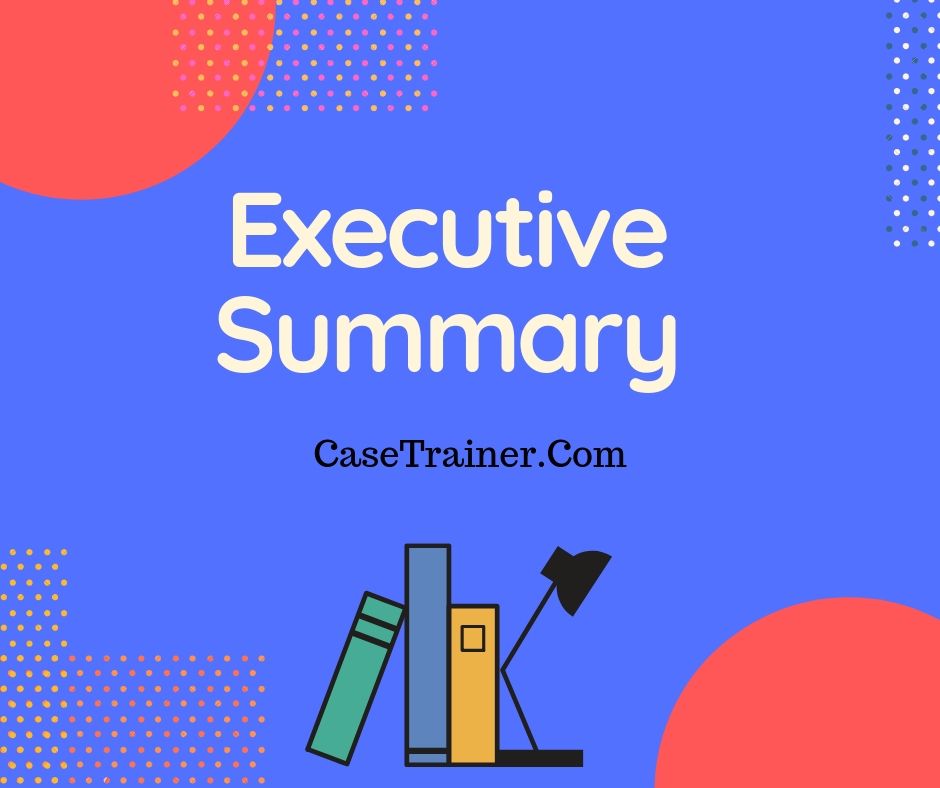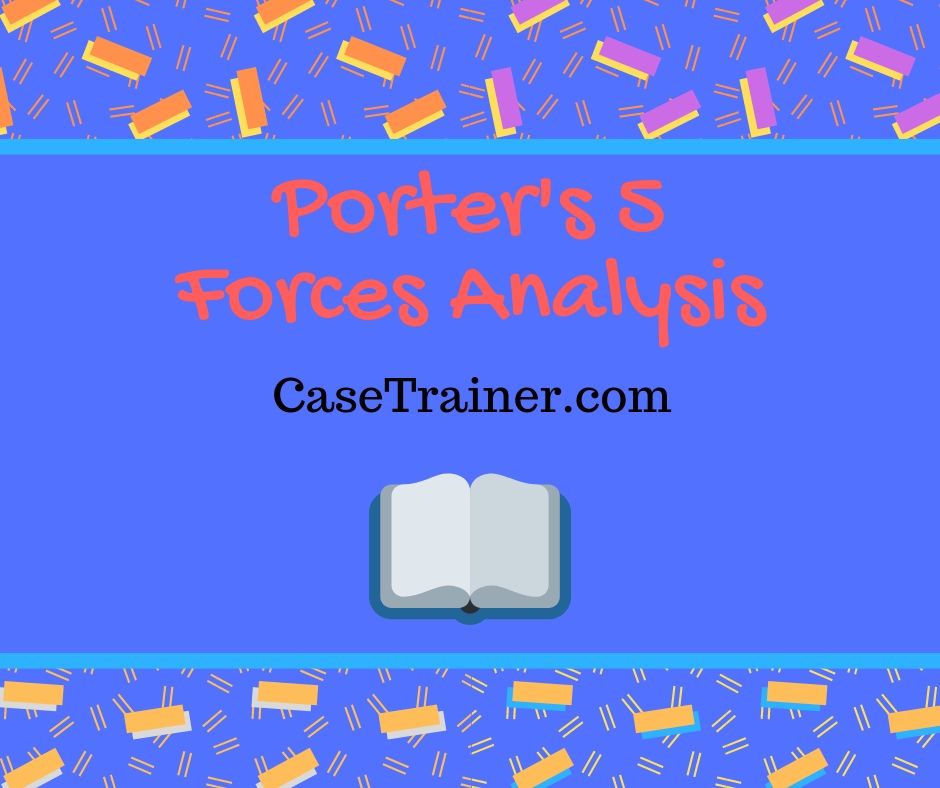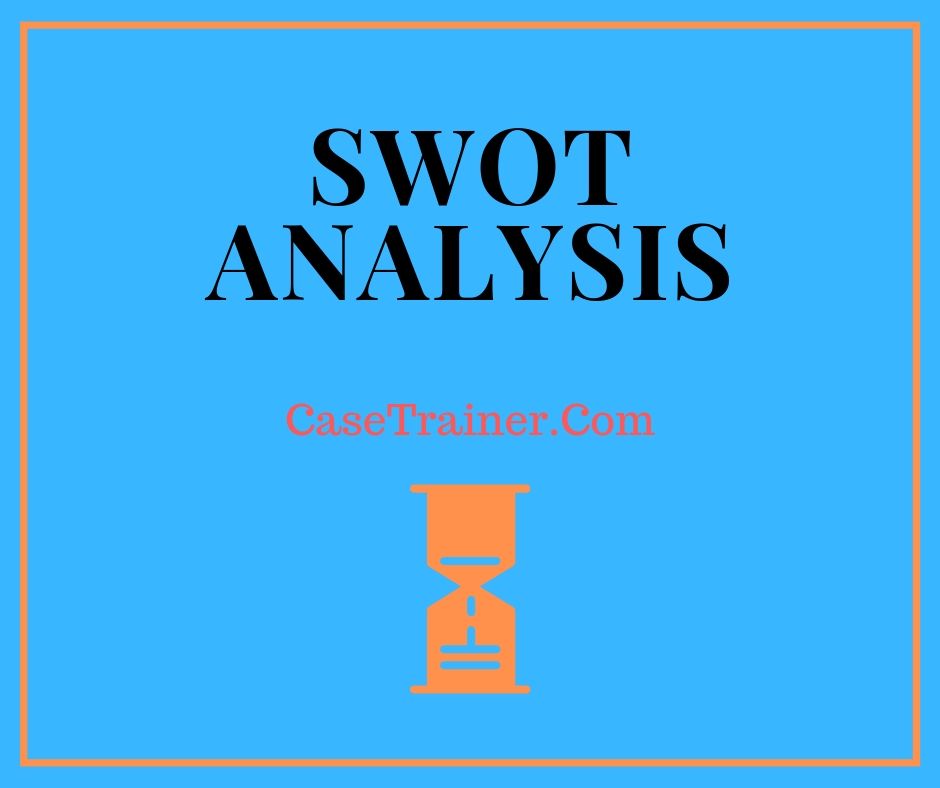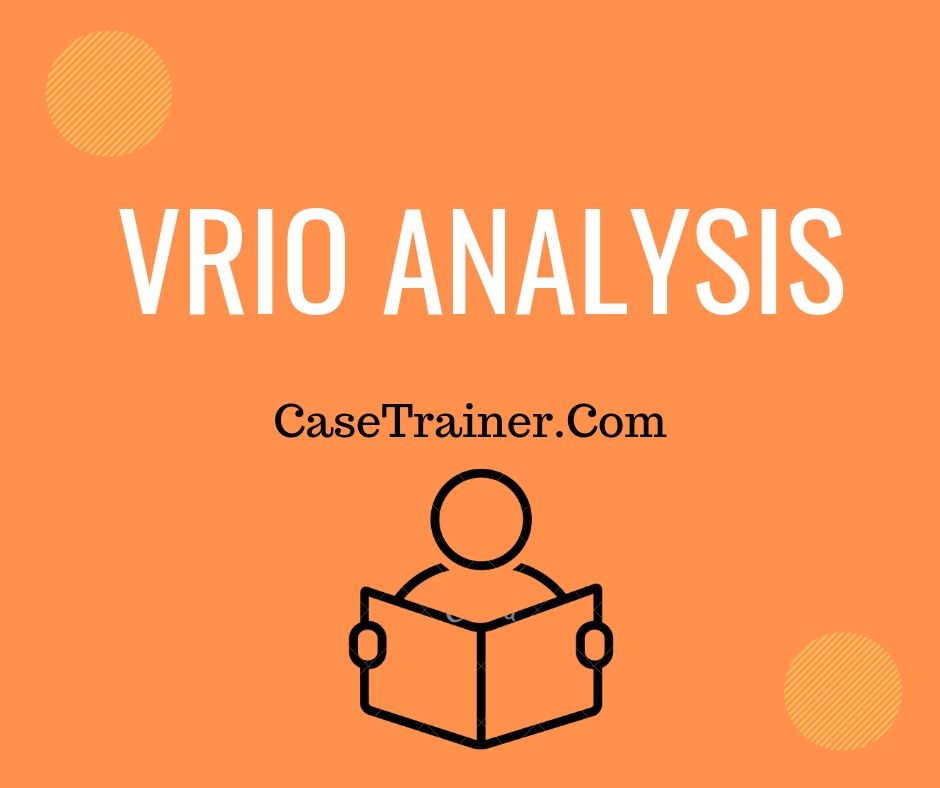Harvest Organic Waste Recycling With Energy Recovery B Case Study Solution and Analysis
Intro
Harvest Organic Waste Recycling With Energy Recovery B Case Study Help is the largest publishing company with a greatest market share in the China's book retail market. CMP has actually ended up being a specialized info supplier and a large comprehensive Science and Technology publishing company through the combination of print media, audio-visual media and the network media.
Critical Problems
CMP has spent its 60 years journey smoothly, being an effective publishing home, however, the altering macro market trends and forces bring specific obstacles to the publishing industry in general and Harvest Organic Waste Recycling With Energy Recovery B Case Study Analysis in particular. These elements consist of;
• Entrance of the brand-new publishing firms in the market.
• Declining growth of the publishing market.
• Market saturation.
• Introduction of digital publishing techniques
• Enhancement of science and innovation.

The improvement of the macro markets have raised a number of concerns to the management at CPM that what could be the future of CMP in this circumstance? Do the long important experience, technical resources and the abilities of the company could be utilized to strive for the future development unceasingly? How could the company sustain its long term competitive position in future?
Situational Analysis
Internal Analysis
SWOT Analysis
Strengths
Harvest Organic Waste Recycling With Energy Recovery B Case Study Solution has certain strengths that can be utilized to minimize the dangers, get rid of the weakness and obtain the chances. Strengths of CMP are offered as follows;
• The long term experience of Harvest Organic Waste Recycling With Energy Recovery B Case Study Solution in the publishing industry i.e. 60 years allows the company to supply high quality items at a lower cost using its previous experiences.
• The technical resources and abilities produced by its effective journey offer a competitive benefit to CMP.
• Large item portfolioof CMP helps it to diversify its threat and supply high worth to its clients.
• Strong monetary position permits the business to consider numerous advancement chances without any fear of raising fund externally.
Weak points
Along with the strengths, the business has specific weaknesses which could increase restraints for the company in implementing its development program. The weaknesses of Harvest Organic Waste Recycling With Energy Recovery B Case Study Analysis are offered as follows;
• Despite of being a science and innovation publishing firm, the business still has traditional methods ofpublishing which are not suitable with the growing technological shift.
• CMP highly relies over the Chinese markets for its development. It ought to propose specific expansion plans to avoid its dependence over the Chinese markets to accomplish long term development.

Opportunities
Although, the development of the publishing industry is declining given that 2008, impacting Harvest Organic Waste Recycling With Energy Recovery B Case Study Solution also, but the development might be revived by availing particular opportunities presented in the market. The market chances for CMP consist of;
• The business could also introduce Digital Publishing by using its long term technical experience and a strong customer acknowledgment in the market.
• CMP could think about an advancement program through the expansion towards foreign markets in order to minimize its dependence over Chinese markets by using its large funds.
Dangers
The changing macro patterns in the market and increasing competition in the publishing industry has positioned specific risks to Harvest Organic Waste Recycling With Energy Recovery B Case Study Analysis including;( Gurel, 2017).
• Intro of digital publishing i.e. virtual libraries might result in declining market share of Harvest Organic Waste Recycling With Energy Recovery B Case Study Analysis due to the customer shift towards digital libraries.
• The presence of a great deal of competitors in the publishing industry increase the threat for CMP to lose its competitive position in the market, as competitors can gain a strong consumer base by utilizing particular strategies like aggressive promotion, quality items, and so on
• Entrance of new publishing companies in the market together with existence of high competition increases the hazard of losing the consumer base.
Financial Analysis.

Due to absence of data, the monetary ratios of CMP could not be calculated. It could be analyzed from the Appendix III that the annual overall revenues of Harvest Organic Waste Recycling With Energy Recovery B Case Study Help during the duration 2000-2012 are growing at a high growth rate, revealing that the yearly need of the items of CMP is growing and the business is quite efficient in drawing in a large number of clients at a prospective rate.
In addition to it, the 2nd chart which reveals the annual development in the Harvest Organic Waste Recycling With Energy Recovery B Case Study Analysis total possessions, reveals that the company is quite effective in adding worth to its assets through its earnings. The development in possessions shows that the total worth of the firm is likewise increasing with increasing the overall incomes. (Unidentified, 2013).
Another monetary analysis of the company using the given data could be the analysis relating to the circulation of overall earnings of the business. Major part of the revenues of CMP comes from the sales of its released books i.e. 64% as displayed in the Case Appendix V. The business might move towards other business sections with a possible development to accomplish its future development objective.
PESTEL Analysis
PESTEL analysis might be carried out to discover the different external forces impacting the efficiency of the company and the current trends in the external environment of the business. A brief PESTEL analysis of the business is given as follows; (Alanzi, 2018).
Political.
As the publishing sector could have a substantial influence on the mindset of individuals about the communist ideology of the federal government, for that reason, the publishing sector is highly monitored and guided by the Publicity Department of the Communist Celebration of China. It might be said that the general political forces affecting CMP company are high. The government policies concerning the publishing sector are also increasing with the passage of time.
Cost-effective.
Financial forces impacting the publishing sector in general and the Harvest Organic Waste Recycling With Energy Recovery B Case Study Analysis in particular includesthe costs of paper, the income level of consumers, the inflation rate, and the total GDP development of the country. All these forces integrate impact the need for the publishing market. Along with it, the economic policies connected to the import of books affect the overall service at CPM. Nevertheless, China's financial conditions are rather favorable for CMP with high GDP development and consumer income level.
Social and Demographical.
Social and demographical forces consist of the population development, the customer's choices towards checking out useful materials etc. China has the highest population in the world with a high population development, showing the increasing variety of consumers of the Harvest Organic Waste Recycling With Energy Recovery B Case Study Help. However, the customer choices are moving towards digital publishing instead of the traditional was of publishing. In this regard, CMP needs to focus on digital publishing to fulfill the altering customer preferences.
Technological.
Technological forces affecting the CMP consist of the technological development in the reading methods and so on. Improvement of science and technology in addition to the increase of digital publishing might reduce the need for the CMP products, if specific actions would not be taken quickly.
Environmental.

Environmental forces impacting Harvest Organic Waste Recycling With Energy Recovery B Case Study Analysis consists of the issues of environmental communities over the use of paper in publishing books. The paper utilized in the books while publishing is required to be disposable and the ink used while publishing must not be hazardous for the environment.
Legal.
Legal guidelines for the publishing sector at whole are high. Publishing Ordinance 1997 requires the publishers to be approved initially by the Government to be gone into in the publishing market.
Industry Analysis (Porter's Five Forces Model).
Porter's Five Forces Design could be used to examine the beauty of the publishing market China. A short analysis of the Porter's Five Forces is provided as follows;.
Threat of New Entrants.
Dangers of new entrants in the Chinese Publishing Industry is moderate. The possible development in the industry tends to bring in new entrants to the publishing industry. The existence of extreme competition and the requirement of substantial capital tends to demotivate new entrants to enter in the market.
Danger of Substitution.
Hazard of Alternative is high for the Chinese Publishing Industry. The substitute items for the published files is the documents presented in the virtual libraries on specific sites. The altering consumer choices towards digital knowing increase the danger of replacement for the market.
Competitive Competition.
Competitive competition in the publishing industry is high. The existence of a great deal of consumers in the Chinese Publishing Industry like CIP, PTP and so on tends to produce high competitive competition for CMP. Along with it, brand-new entrants are likewise participating in the market increasing the competitors for CMP.
Bargaining Power of Provider.
The major providers of the Harvest Organic Waste Recycling With Energy Recovery B Case Study Analysis include the suppliers of the paper for publishing documents. As CMP is the largest publisher in the Chinese Publishing Market, for that reason the total bargaining power of provider for CMP is low.
Bargaining Power of Buyer.
Haggling power of purchaser in the publishing industry is high. Due to the presence of a large number of publishers in the Chinese market and the marketplace saturation, the buyers requires high quality documents at competitive rates.
Rivals Analysis.
CMP runs in an extremely competitive industry with the existence of a great deal of rivals. However, the company has a competitive position in the market with the highest market share in the Chinese publishing market. Major competitors of Harvest Organic Waste Recycling With Energy Recovery B Case Study Analysis consist of;.
• Chemical Industry Press (CIP).
• Posts and telecommunication Press (PTP).
Chemical Industry Press (CIP).
CIP acts as a hazard for CMP as it might wean its market share due to its long term competitive background. CIP is focused on digital publishing and could wean the market share of CMP quickly in the present market circumstance.
Posts and telecommunication Press (PTP).
Another close rival of CMP is PTP. It was likewise established in the same period as CMP and CIP. It ranks 6th in the state-owned publishers in regards to business scale. It is also among the prominent players in the publishing industry with an annual overall earnings of RMB 550 million in 2010.
Alternatives
Alternative-1: Expand towards New Markets
Pros
• Minimizing dependence over the Chinese markets.
• Increasing number of Clients
• Growth chances.
• Avoiding the impact of market saturation in the Chinese publishing market.
Cons

• Usage of potential resources in growth.
• Danger of failure in brand-new markets.
• Time consuming.
Alernative-2: Present Digital Publishing
Pros
• Sustaining customer base.
• Approaching brand-new markets.
• Easy to present using present capabilities.
• Low risk of Failure.
• Low requirement for funds.
• Increased item portfolio offers high worth to consumers.
Cons
• Competition in the market by CIP, who has prior focus on the digital publishing.
• Shift of focus from the core company sections to the new one can lead the business to lose need of its items in the market.
Suggestions
As the choices are shifting towards digital publishing and the business need an instant solution to prevent the decreasing market growth. The company might also think about the expansion program after the success of its digital publishing program.
Application
In order to present digital publishing in its product portfolio, the business must initially gathers the information related to the customer demand, the prospective markets, the federal government regulations and the data related to the competitors presented in the market. If the preliminary offering shows a success, the business should go for the other markets. In this way the company would be able to execute its digital publishing program.
Conclusion
Although, the growth of the publishing industry is declining given that 2008, revealing a threat to the company's long term existence, but the situation can be controlled by thinking about a development plan in the future. The company could think about introducing digital publishingin its existing market to execute its advancement program at instant basis and to prevent the threat of failure for entrance in the brand-new markets.

